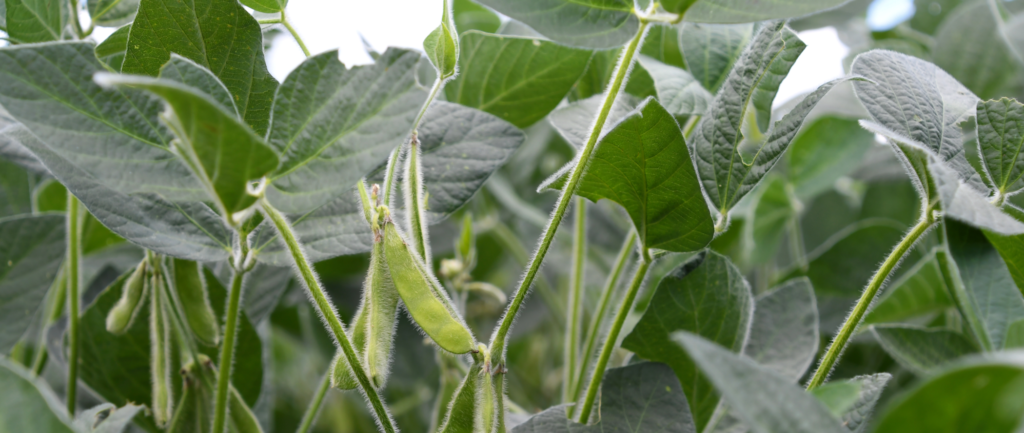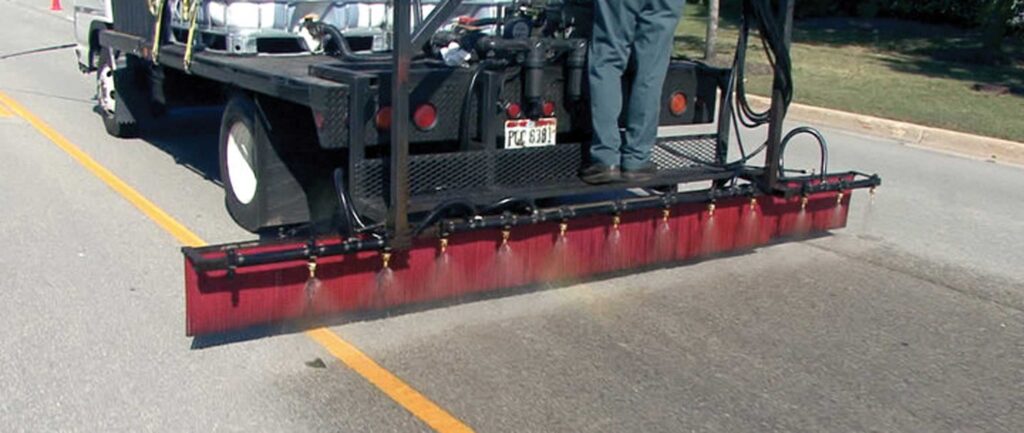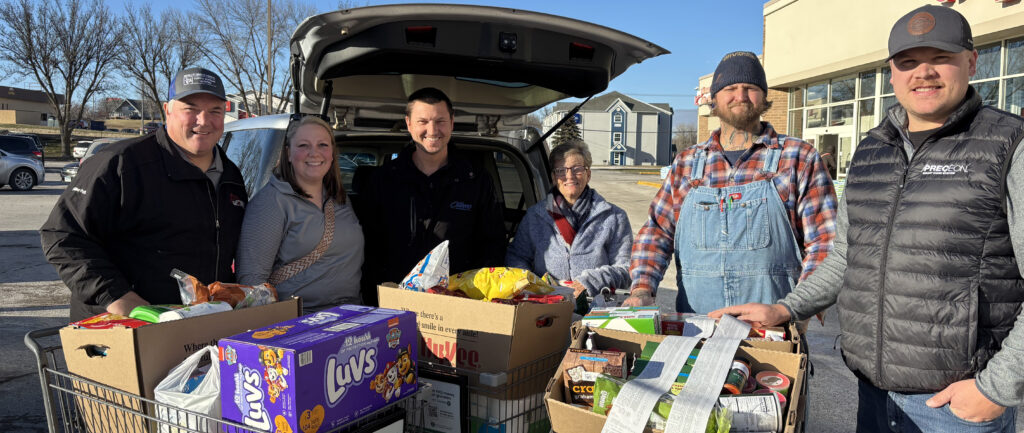Minnesota farmers know all too well the risks associated with grain bins. In 2020, Minnesota reported more than 220 grain bin entrapments and three fatalities, although researchers estimate that accidents are underreported by at least 30%. As recently as June, a cooperative employee was trapped in a grain bin and died at the scene. And many communities in rural Minnesota lack adequate resources to offer the necessary aid in the event of a grain bin accident.
To help assist their fellow agricultural workers in receiving state-of-the art equipment in farming communities throughout the state, the Minnesota Soybean Research & Promotion Council (MSR&PC), with the help of the soybean checkoff, has joined Nationwide’s Grain Bin Safety advocacy efforts and is proud to unveil a nomination process for community members to recommend Minnesota first responders to receive an aluminum rescue tube and auger, accompanied by hands-on training at their respective location by experts at the National Education Center for Agricultural Safety (NECAS).
“Everyone in farming is aware of the dangers that come with our profession and working in grain bins is certainly one of those hazards,” Council Chair Joe Serbus said, a longtime crop adjuster and former grain measurer with the Farm Service Agency. “This summer, we’re proud to help local departments upgrade their grain bin safety equipment. At the end of the day, we all want to return home safely to our families.”
The nomination window will remain open from July 11 through Aug. 26. The form can be accessed via www.mnsoybean.org/soyrescue. Five grain entrapment rescue tubes and five augers will be donated, courtesy of the Minnesota soybean checkoff. Winning participants will be required to undergo hands-on training later this fall.
“These are awesome tools,” said Brad Kruse, a safety and rescue instructor with NECAS, “but (you must) respect them.”
The grain tube is made of six panels – called “The Great Wall” – that slide into place around the victim. Once inserted, the tube halts the flow of grain and relieves the pressure on the trapped individual. One cubic foot for grain weighs 50 pounds; without the tube, grain can continue to collapse the victim as rescuers remove it.
The grain entrapment rescue auger, which will also accompany the donated rescue tube, quickly aids in the removal of grain away from the victim.
The highest rate of grain bin accidents occurs in January and June. Within just four seconds, an adult can sink to their knees in flowing grain, creating a scenario in which they’re unable to free themselves without help. In 20 seconds, a farmer can sink into the grain inside a bin and become entrapped. Since 2014, Nationwide has awarded more than 200 grain bin rescue tubes to first responders, saving five lives.
”We are proud to work with organizations like the Minnesota Soybean Research & Promotion Council to ensure first responders have the resources and training needed to respond to grain entrapments,” said Brad Liggett, president of Agribusiness at Nationwide. “Since beginning our Grain Bin Safety program in 2014, we’ve provided 14 rescue tubes and training sessions to Minnesota first responders, and at least one entrapped worker has been rescued using those resources – but there’s still plenty of work to be done to put an end to this issue.”
The Council’s summer of Stepping Up involves more than just donating soy-based sneakers to Minnesota frontline workers, MSR&PC CEO Tom Slunecka said. “Grain bin rescue technology has come a long way in recent years, and we want to do our part in ensuring our local farm communities have access to the latest and greatest. We’re glad to do our part in not only improving farmer profitability, but farm safety.”







